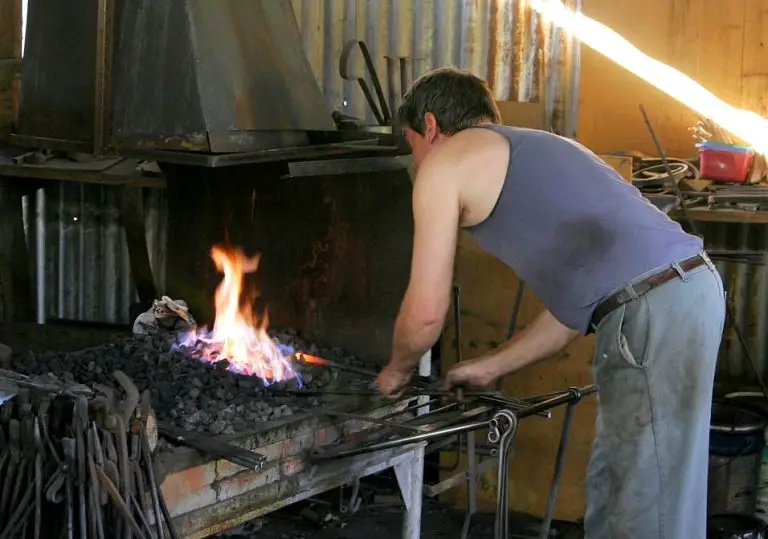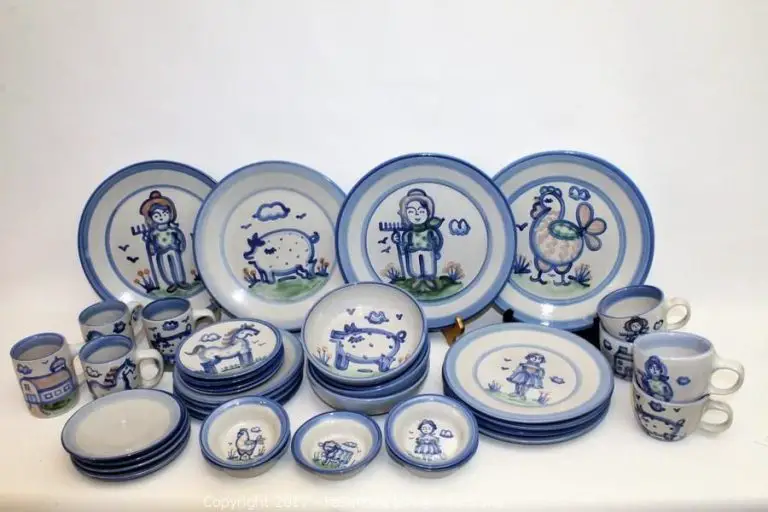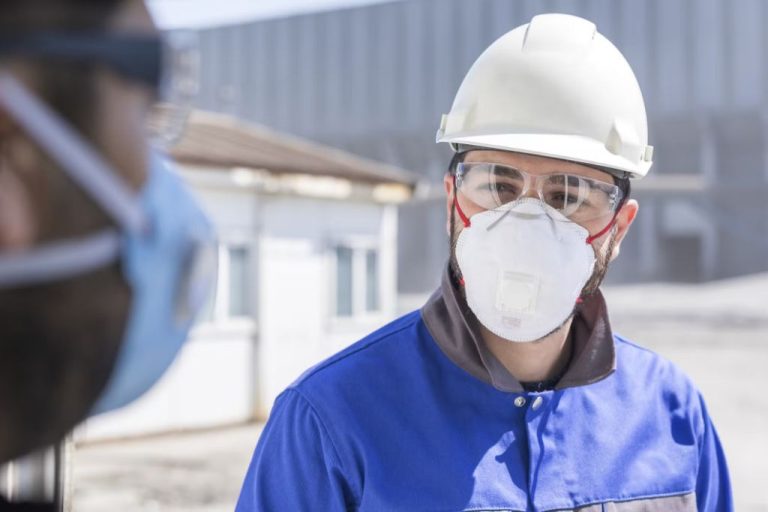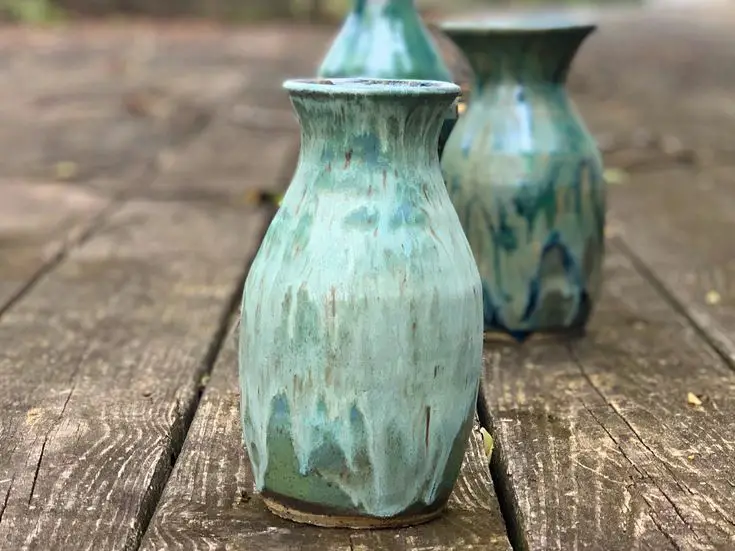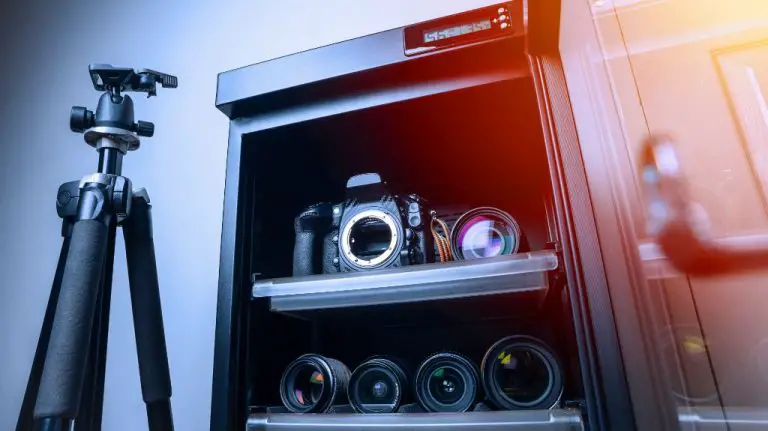Can You Make Big Sculpting With Polymer Clay?
Polymer clay is a modeling compound that consists of tiny polyvinyl chloride particles suspended in a plasticizer. The clay can be shaped when soft and maintains its form after baking. Polymer clay has become popular over the past few decades due to its easy workability, bright colors, and ability to be sanded, drilled, and painted when hardened.
The main benefits of polymer clay are its flexibility when soft, ability to harden when baked, and wide range of colors. It can be molded into detailed shapes, layered, mixed with other colors, and carved. Unlike air-drying clays, polymer clay pieces do not shrink and crack. The finished pieces are durable, lightweight, and can approximate the look of ceramic or metal.
Polymer clay was first developed in the 1930s in Germany, but became more widely known in North America starting in the 1960s. Over time, new lines of polymer clay were introduced with improvements in workability, strength, and versatility. Today it is a popular medium for hobbyists, artisans, and even fine artists looking to create durable and vivid sculptures, jewelry, decor pieces, doll parts, and more.
Sculpting Large Pieces with Polymer Clay
When creating large polymer clay sculptures, having proper structural support is crucial. An internal wire or metal armature provides stability for the clay and allows you to sculpt oversized pieces. Polymer clay can be heavy, so a sturdy base prevents slumping or cracking.
Sculpting in sections is an effective technique for managing large sculptures. Shape individual parts separately, like the arms, legs, or head of a figure. Let each section firm up, then attach them together over an armature. Blend and smooth the seams using clay tools or your fingers.
Baking large sculpts requires some special considerations. Polymer clay cures from the outside-in when heated in an oven. Thick areas may remain soft if they are too far from the surface. Bake in stages if needed, such as the torso first, then bake the limbs separately. A long, slow bake at a lower temperature can help ensure even curing. Support pieces with foil or clay stilts while baking so they don’t slump.
Structural Considerations
When sculpting large pieces with polymer clay, you need to take structural integrity into account. Polymer clay is quite heavy, so large sculptures can be prone to cracking or even collapse under their own weight. Here are some structural considerations when working big:
Weight Limitations
Polymer clay can get extremely heavy as you scale up in size. A good rule of thumb is that solid polymer clay can support its own weight up to 1/2 inch thick without extra support. Beyond that, you’ll need to incorporate internal structures like wire or foil armatures. Consider if the final sculpture will need to be moved much – if so, aim to keep it under 20-30 lbs.
Wall Thickness
While thin walls look impressive, they are brittle on large sculptures. Aim for a minimum thickness of 1/4 inch, increasing to 1/2 inch for any areas that will support weight or be subjected to stress. Pay attention to joints between appendages and the main body – add extra clay here for stability.
Internal Supports
For most large sculptures, you’ll need some kind of internal support structure. Aluminum foil can work for small to medium pieces. For very large works, wire, plastic mesh, wood, or other materials may be needed. Make sure supports extend into any appendages. Plan ahead and build supports early in the process.
Baking Large Sculptures
When sculpting large pieces with polymer clay, proper baking is crucial to prevent cracks, breaks, and other issues. Large sculptures often won’t fit in a standard oven, so bakers need to get creative.
If your sculpture exceeds the capacity of your oven, consider baking it in sections. Bake the thickest parts first, then attach smaller pieces later. Let sections cool completely before assembling to prevent soft clay from drooping or losing its shape.
When baking in a standard oven, place the clay on a cookie sheet or baking pan lined with parchment paper. Avoid letting it touch the oven walls or heating elements. Prop up large pieces with aluminum foil balls or ceramic flowerpot shards so air can circulate underneath.
To prevent cracking, preheat the oven 25 degrees lower than the clay packaging recommends. Bake at this reduced temperature for the recommended time. Allow the sculpture to cool completely inside the oven with the door propped open. This gradual cooling prevents temperature shocks that can cause breaks and cracks.
If your sculpture has intricate details and textures, tent it with aluminum foil. The foil reflects heat to ensure even baking while preventing scorching on exposed areas. Monitor carefully and reduce baking time since the foil intensifies heat exposure.
With proper baking techniques, even the largest polymer clay sculptures can bake fully without damage. Work in stages for enormous pieces, allowing time for sections to cool before attaching. Careful baking and gradual cooling are the keys to success with supersized polymer clay creations.
Finishing and Assembling
Once your polymer clay sculptures are baked and cooled, there are several finishing techniques to make them look smooth, colorful and cohesive.
Sanding
Sanding smoothes the surface of polymer clay and gets rid of fingerprints, bumps, cracks or roughness. Start with a coarse sandpaper around 220 grit to quickly smooth the surface. Then use progressively finer grit sandpapers like 400, 600 and finally 1000+ grit for an ultra-smooth finish.
Sand in small circular motions and be careful of removing too much material. Clean off any clay dust between sanding sessions.
Painting
Acrylic paints work wonderfully on polymer clay and bring out all kinds of colors and effects. Make sure to use acrylic paint formulated for plastics. Apply paint in thin layers and allow drying completely between coats.
Consider using an acrylic sealer before painting. This helps the paint adhere better to the clay’s slick surface. Finish with a clear acrylic sealer or varnish for protection.
Varnishing
Polymer clay can be vulnerable to scratching, fading and discoloration over time. Varnishing adds a protective coat that enhances durability and keeps sculptures looking vibrant.
Use a water-based acrylic varnish or polyurethane sealant formulated for plastics. Brush varnish on evenly and avoid oversaturation. Allow ample drying time between coats.
Joining Sections
For multi-part sculptures, join pieces together with superglue, epoxy or acrylic mediums. Epoxy putty also works to fill gaps and create smooth transitions between segments.
Plan ahead when constructing in sections. Insert lengths of armature wire into areas to be joined before baking. This gives the glue or epoxy something to grip onto.
Displaying Sculptures
If you’ve spent hours carefully sculpting an elaborate piece, you’ll want to take care in displaying it properly once complete. Consider the following factors for optimal presentation of your polymer clay sculptures:
Mounting Options
Large polymer clay sculptures often benefit from being mounted for display. Acrylic rod mounts can provide support and elevate your work. Clear museum gel putty allows for secure tabletop mounting. Rotating stands let viewers appreciate your sculpture from all angles. Consider the size and shape of your piece when selecting mounting methods.
Lighting
Proper lighting can make details and colors pop. Spotlights from above cast dramatic shadows. LED strips illuminate from multiple angles to avoid shadows. Consider indirect natural lighting to avoid harsh glare. Position accents like colored gels or gobos to create artistic lighting effects.
Environment
The area around your sculpture impacts the viewing experience. Display in clean, uncluttered spaces to allow it to shine. Neutral backdrops prevent visual competition. Ensure viewers can get up close for detail while maintaining a good distance for perspective. Protect delicate clay sculptures from curious hands with stanchions or cases if needed.
Notable Large Polymer Clay Sculptures
Polymer clay is an incredibly versatile medium that allows artists to create large, detailed sculptures. Over the years, many renowned artists have used polymer clay to produce monumental works of art. Here are some examples of famous large-scale polymer clay sculptures and the artists behind them:
Luisana Castillo’s giant Dancer Sculptures often tower over 6 feet tall. Castillo builds wire and foil armatures to support these monumental figures. She then sculpts the body and intricate details from polymer clay. Her sculptures capture the fluid, graceful movements of dancers.
Sergei Bobkov is known for his Giant Chess Set made entirely from polymer clay. Each chess piece stands over 3 feet tall and weighs around 50 pounds. Bobkov sculpted the ornate pieces over several years, taking great care to capture the traditional forms with extensive detailing. His chess set is displayed at the World Chess Hall of Fame in St. Louis.
Angela Weber sculpted a towering, 25-foot-tall rhinoceros from polymer clay on a steel framework. This was for a public art installation in Salt Lake City titled Crash. Weber rolled and cut sheets of clay to cover the large-scale form. The sculpture provokes thoughts about humanity’s relationship with nature.
These examples demonstrate polymer clay’s versatility for monumental sculpture. In skilled hands, this material can be used to create intricate, sizable artworks to make a dramatic statement.
Tips for Beginners
When starting out with large polymer clay sculptures, it’s best to begin with smaller, simpler projects and work your way up. This allows you to hone your skills and get comfortable with the medium before tackling more complex works.
Focus on basic shapes like spheres, cones, cubes, and cylinders. Combining and manipulating these elemental forms is an easy way to create impressive sculptures. Simple geometric shapes also make pieces easier to bake and assemble.
Be sure to bake test pieces before constructing your full sculpture. Test bakes allow you to perfect the baking time and temperature. Make a few sample shapes with varying thicknesses to find the ideal oven settings. This will ensure your finished work cures properly without under- or over-baking.
Advanced Techniques
Once you’ve mastered the basics of sculpting with polymer clay, you can move on to more advanced techniques to add complexity and realism to your sculptures. Here are some advanced techniques to try:
Inlay
Inlay refers to embedding pieces of polymer clay, metals, woods, or other materials into the surface of your sculpture. This can be used to create patterns, textures, or accents. To inlay, cut out the design you want from the inlay material, then use a clay tool to carve out a matching shape from the base clay. Press the inlay piece firmly into place.
Textures
Add interest by imprinting textures into the clay. Use found objects like coins, seashells, or mesh to press patterns into the clay. You can also create textures like scales, feathers, or fur by stippling the clay with a stiff bristle brush.
Caning
Caning involves creating thin sheets of colored clay, cutting them into strips, then weaving the strips together. The caned clay sheet can then be embedded into a sculpture. This produces beautiful patterns and color effects.
Other advanced techniques like mokume gane, faux ceramic, inclusions, and mixed media can push the complexity and realism of your polymer clay sculptures. Don’t be afraid to experiment!
Conclusion
Big sculpting is definitely possible with polymer clay if you plan properly. With careful thought put into armature building, baking logistics, finishing, and assembly, sculptures of virtually any size can be achieved. While larger pieces require more time, effort, and materials, the end result is an impressive work of art.
As polymer clay increases in popularity, we will continue to see artists push the boundaries of scale. New structural techniques and engineering principles will be applied to make colossal creations possible. The future of big polymer clay sculpting is bright, with limitless potential for innovation. Dream big, and remember that with thorough planning and patience, no sculpture is too large to bring to life with this versatile medium.

